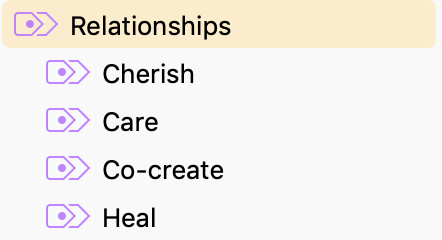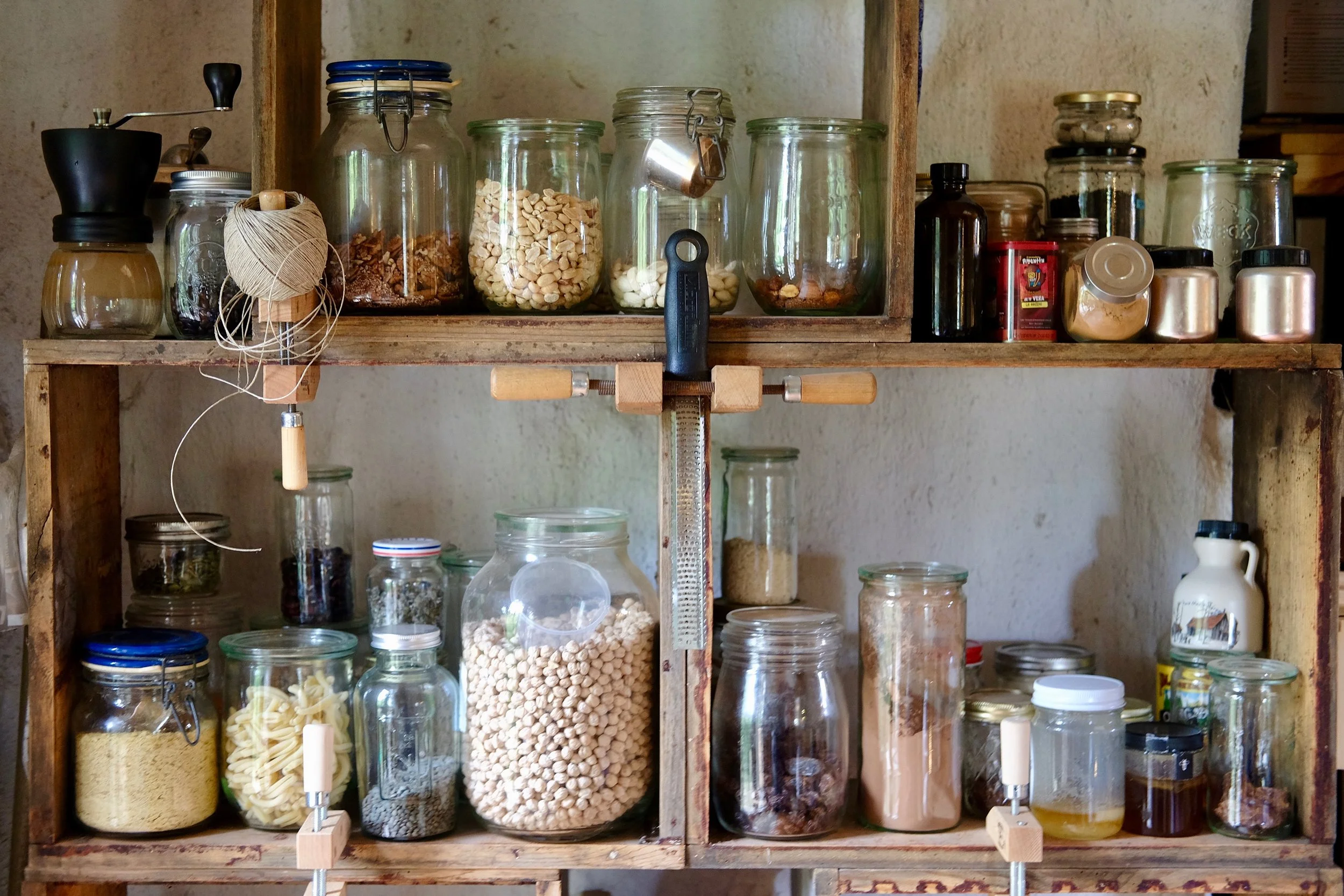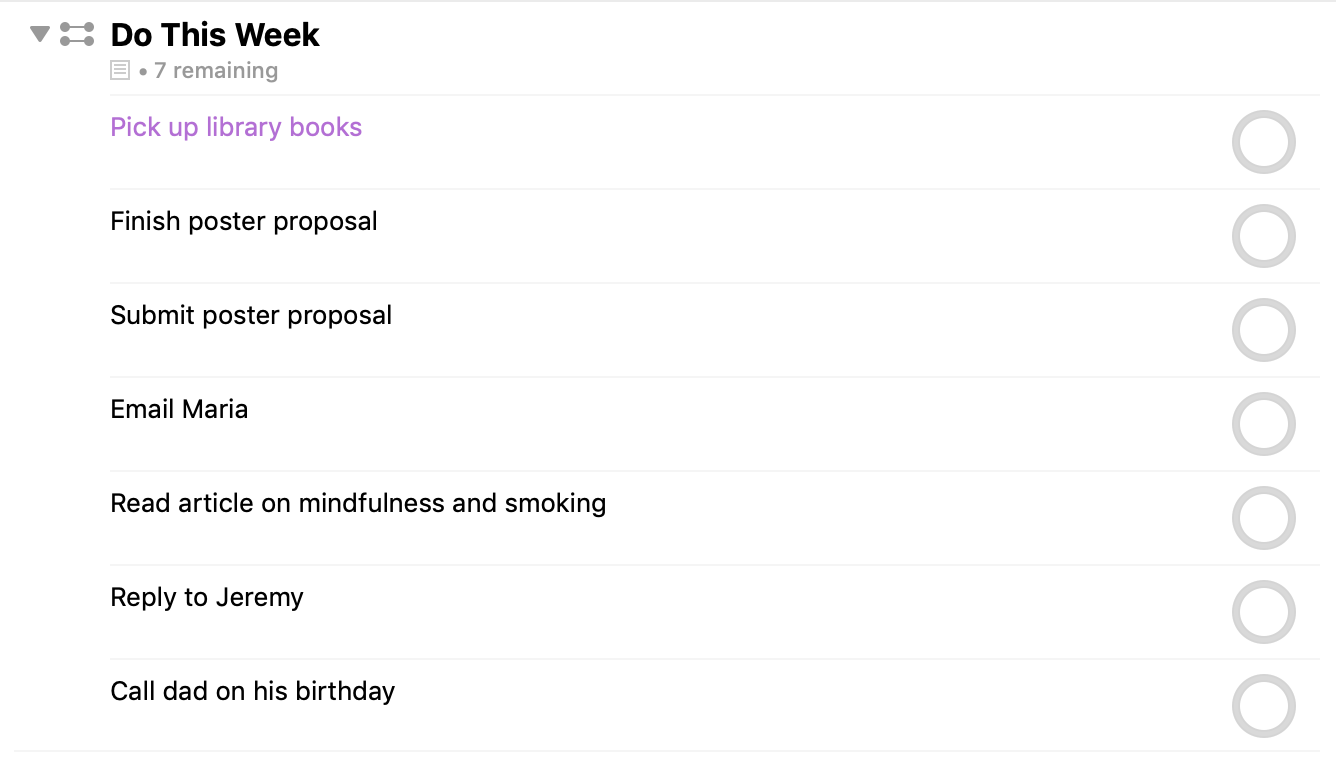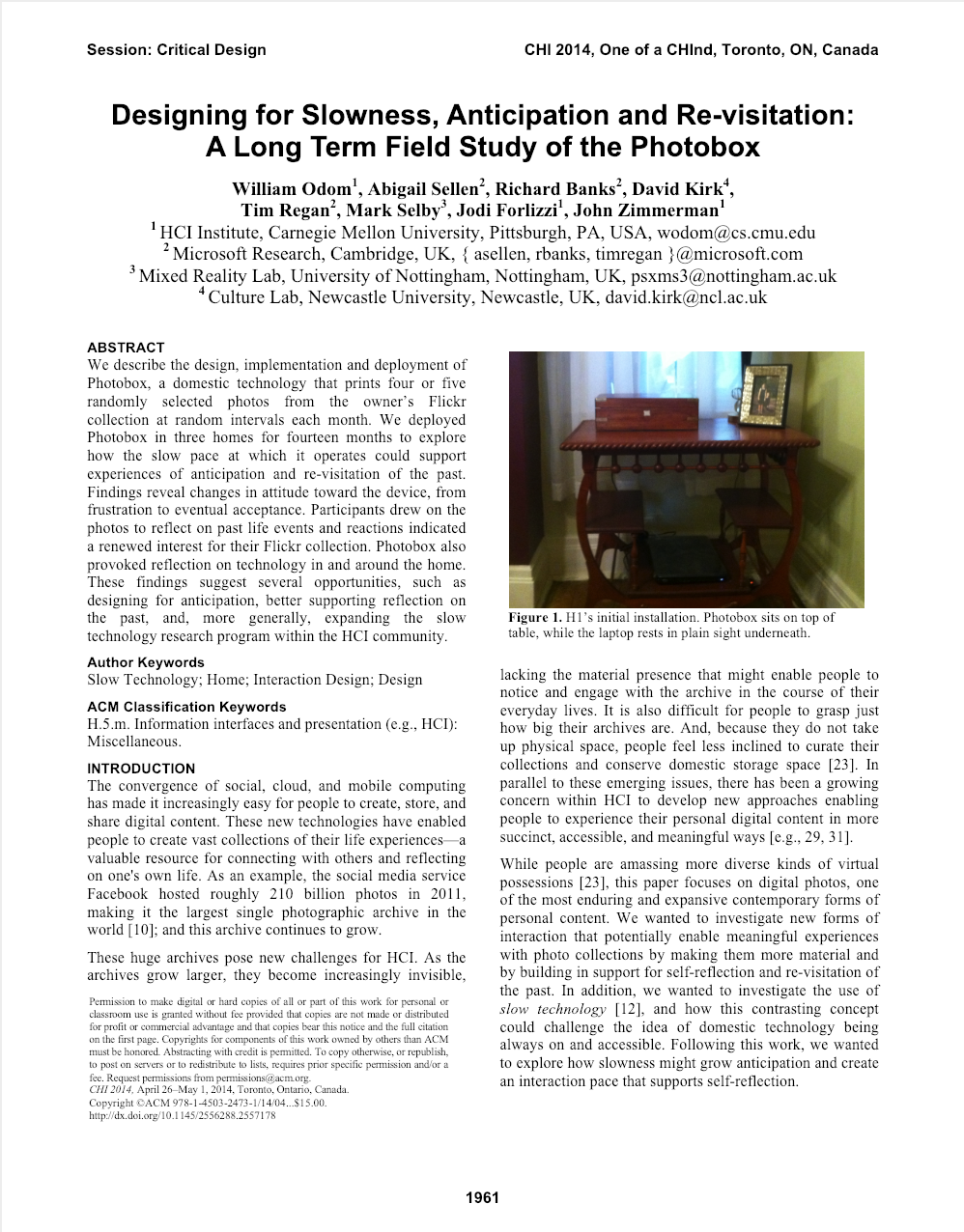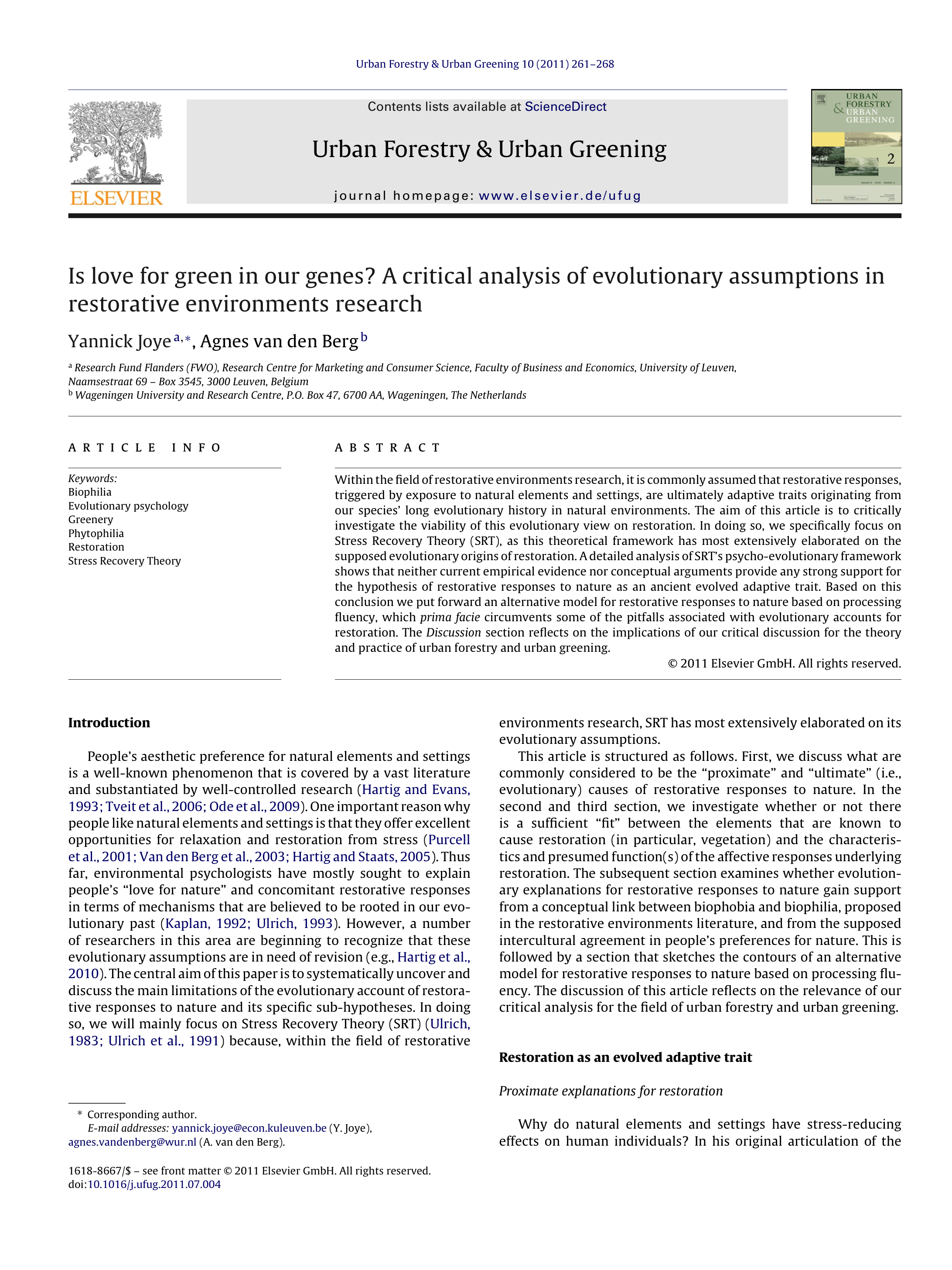There’s an entire industry built around harvesting our attention for corporate financial gain. It’s called the attention economy. The more attention we pay to a website, game, video, or app, the more advertising and data-tracking those media can do. To keep us coming back, tech companies deploy a method called behavior design (it’s also been called persuasive technology and captology). Using lessons learned from early psychological investigations, such as BF Skinner’s pigeons pressing levers for food, modern day psychologists have created a formula to get humans to press buttons for likes. This formula uses pain and pleasure, our hopes and fears, and the promise of social acceptance and threat of rejection to motivate our behavior.
Increasingly, designers and programmers are building addictive technology that causes and/or regulates the release of dopamine in our brains. Some apps and websites actually “dose” dopamine by withholding information, like how many likes a photo has on Instagram, so it can burst that information later and all at once, effectively dosing a larger “hit” of dopamine and making it more likely that we’ll to return sooner for another.
This is one reason why it is a common experience to lose time while on Facebook or Instagram or Youtube. The consequences of this lost time aren’t confined to what we might have done instead—our attention is impacted as well. This is because attention is fatiguable, and when we spend it scrolling endless streams and auto-playing content, we have less energy to attend to things that may matter more.
I believe we can have greater agency over how and when we attend to technology. As a PhD student, this belief motivates much of my research. Over the course of the next month, I intend to write a series of blog posts that describe the strategies I use to set boundaries in my use of technology. With these posts, I hope to generate and lively and convivial dialogue about mitigating (or at least minimizing) the harms of the attention economy while allowing for (or even maximizing) the positive effects technology can have in our lives. Stay tuned.








